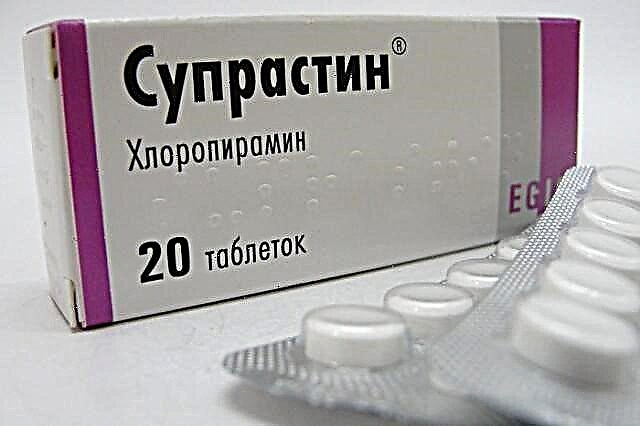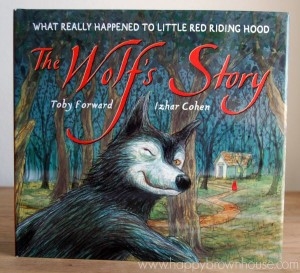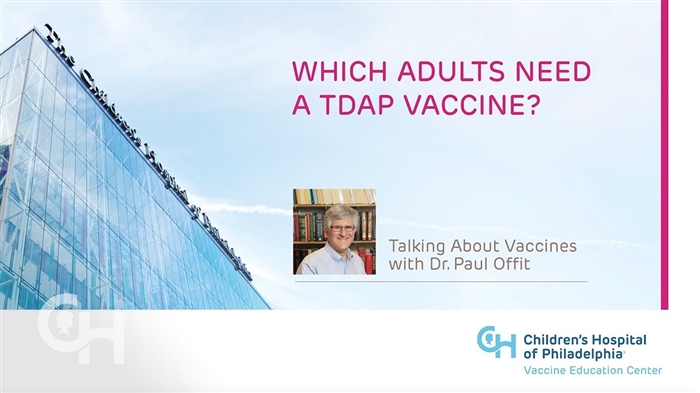
A runny nose in a child is a very common symptom that is often treated with vasoconstrictor drugs. One of the drugs with such an effect, which also helps with allergic rhinitis, is Vibrocil. Under what indications is it prescribed in childhood, how is it dosed and what to do if such a medicine does not help?

Release form
The vibrocil is available in three different forms:
- Drops, representing a solution of a yellow tint or no color. This clear liquid is poured into 15 ml glass vials with a pipette cap.
- Spray. It is also a transparent solution without foreign impurities, colorless or yellowish. One bottle contains 10 ml of the drug.
- Gel. This form of the medicine looks like a homogeneous yellow or colorless substance. It is packed in tubes of 12 grams.
All types of medicine smell like lavender, but this smell is not pungent. In other forms (ointment, suppositories, syrup, tablets), such a medication is not made.
Composition
In each form of Vibrocil, two ingredients show activity at once. One of them is represented by phenylephrine, contained in one milliliter of a liquid preparation (drops, spray) and in 1 gram of gel in an amount of 2.5 mg. The second active component of the drug is dimethindene. In a spray and drops, it is contained in a dose of 0.25 mg per 1 ml, and in a gel, such an amount of a substance is in 1 gram of the drug.
Additionally, nasal drops and Vibrocil in the spray contain lavender oil (it is this that provides the solution with a pleasant aroma), citric acid, sodium hydrogen phosphate and sorbitol. Also, such preparations contain benzalkonium chloride and purified water. The nasal gel includes the same substances in the form of auxiliary compounds, but hypromellose is also added to them.


Operating principle
ENT doctors use Vibrocil as a topical remedy because its active ingredients work like this:
- Thanks to phenylephrine, which can activate the adrenergic receptors of the vascular walls, the drug causes vasoconstriction in the mucous membrane of the paranasal sinuses and nasal passages. This helps to reduce the swelling of the mucous membranes, with the result that the medicine effectively deals with nasal congestion.
- The dimethindene present in the composition acts on the H1 receptors that are sensitive to histamine (an allergy mediator). This causes the anti-allergic effect of Vibrocil, but does not impair the function of the ciliated epithelium located in the nasal passages.

Indications
The medicine is recommended:
- With rhinitis, as a symptom of a cold.
- With a runny nose, provoked by the action of allergens.
- With a cold with a chronic course.
- With vasomotor rhinitis.
- With nasopharyngitis.
- With chronic or acute sinusitis.
- As one of the drugs of complex treatment for otitis media.
- As a component of complex drops for adenoids.
- Before surgical treatment in the area of the paranasal sinuses or nasal passages, as well as after such a surgical intervention.
Nasal gel is especially useful for nasal injuries, crusting or excessive dryness in the nose. Also, this type of medication is used to prevent nasal congestion at night.

From what age can you use?
Babies under 1 year old are prohibited from treating the nose with any form of Vibrocil. If treatment of a common cold is required for an infant under one year old, it is better to choose another medication that is approved for infants. Treat drops Vibrocil is recommended for children only over the age of one year. Moreover, the use of this form of medication in children 1-12 years old should be under the supervision of adults. Spray and gel are allowed to be used from 6 years of age.

Contraindications
The vibrocyl cannot be used if:
- The child was diagnosed with angle-closure glaucoma.
- The child's rhinitis is atrophic.
- A small patient does not tolerate phenylephrine, dimethindene or any other component of the drug.

Prescribing treatment is required with special attention to children who:
- Increased blood pressure.
- The rhythm of the heartbeat is disturbed.
- Hyperthyroidism.
- Diabetes.
- Epilepsy.

Side effects
Sometimes the child's body "responds" to the treatment of Vibrocil with such side effects:
- A burning sensation in the nose that occurs after the introduction of the medication into the nasopharynx.
- Discomfort in the nasal passages.
- Excessive dryness of the nasopharyngeal mucosa.
- Bleeding from the vessels of the nose.
In addition, too long use of the medication can provoke addiction, which is manifested by nasal congestion and increased runny nose after drug withdrawal.

Instructions for use
- Vibrocil treatment is recommended after cleaning the child's nasal passages.
- To instill a baby's nose, his head needs to be thrown back a little. When the drug is administered, it should be kept in this position for a few more minutes.
- To spray the spray, the child's head must be straight and the spray is held upright with the tip pointing up. After inserting the tip into the nostril, you need to make a sharp short movement, squeezing the spray. After removing the tip from the nose, the nebulizer can be unclenched. When the injection is carried out, you need to ask the child to take a small breath through the nose.
- It is recommended to lubricate the nasal passages with nasal gel as deeply as possible. The last treatment is best done at bedtime so that the effect of the drug will provide the child with free nasal breathing throughout the night.
- The frequency of using any form of Vibrocil is usually three times a day, but your doctor may recommend that you treat the nasal cavity four times.
- How many days to drip the medicine, inject it into the nose or lubricate the mucous membrane with a gel, should be determined by the doctor, but continuous therapy with any of the medications should not be longer than one week. If Vibrocil has been used for seven days, but the desired effect is not there, you need to contact your pediatrician to select another treatment.

Single dose
Drops
If the age of a small patient is 1-6 years, then 1-2 drops of the medicine should be injected into each nostril of the child in one instillation. If the child is over six years old, inject 3 drops or 4 drops.

Spray
One or two injections of the drug into each nasal passage.

Gel
A small amount of the drug is smeared with the mucous membrane of the inner surface of each nasal passage as deeply as possible.

Overdose
Too high a dose of the drug or accidentally swallowing it by a small child can cause such systemic effects as heart palpitations, increased blood pressure, nausea, fatigue, tremors, headache, nervous excitement, pale skin and others. To eliminate them, it is recommended to drink plenty of fluids (if the child is over 6 years old), taking sorbents, laxatives, adrenergic blockers and other drugs that the doctor will prescribe.

Drug interaction
Vibrocil is incompatible with drugs that are classified as MAO inhibitors. In addition, such a medication should not be prescribed to children taking tricyclic antidepressants or beta-blockers.

Terms of sale and storage
All forms of Vibrocil are classified as non-prescription drugs. The cost of any variant of the drug varies from 230 to 300 rubles. Storage of Vibrocil at home should be out of the reach of the child at temperatures below + 30 ° C. The nasal spray has a shelf life of 2 years, while the gel and drops have a longer shelf life (3 years).

Reviews
Most of the reviews about Vibrocil are represented by positive impressions of parents from treatment with this drug. They emphasize the quick effect of this remedy on nasal congestion and runny nose. Most often, drops are purchased for children, which are praised for their pleasant smell and ease of use. According to mothers, babies tolerate this medication mostly well. As for the disadvantages of Vibrocil, they include a short course of treatment, a short-term effect, as well as a high price of the drug.

Analogs
Medicines with the same composition as that of Vibrocil are not produced, therefore, if necessary, pediatricians prescribe other vasoconstrictor drugs to replace this medication, for example:
- Nazol Baby. This medication, produced in drops, is allowed to be used even in infants, for example, in children aged 3 months. The basis of such a drug is phenylephrine.
- Adrianol. Such drops contain 2 components - trimazoline is added to phenylephrine. The drug is made in two different concentrations. With drops for children, a runny nose is treated from the age of three.
- Nazivin. This medication contains oxymetazoline and is available in drops with different concentrations of the active compound, as well as in a spray. A medicine with 0.01% oxymetazoline is approved for use in infants.
- Otrivin. This xylometazoline-based drug is produced in the form of a spray in two dosages. A product containing 0.05% of the active ingredient is prescribed from the age of two.
The attending physician will help to determine what is better to replace Vibrocil for a particular child, because each vasoconstrictor drug has its own characteristics of use. Many babies need several medications at once, for example, children with a runny nose are often prescribed additional medications based on sea water or sodium chloride.
Some mothers decide to replace Vibrocil with homeopathy or drops with an immunostimulating effect (Derinat, Euphorbium Compositum, Delufen and others). However, doctors, including the popular pediatrician Komarovsky, do not consider them to be an adequate substitute for vasoconstrictor drugs and advise to consult an experienced specialist about the selection of a medicine for a specific child.
We also recommend watching the following video, in which Dr. Komarovsky talks about vasoconstrictor drugs.



